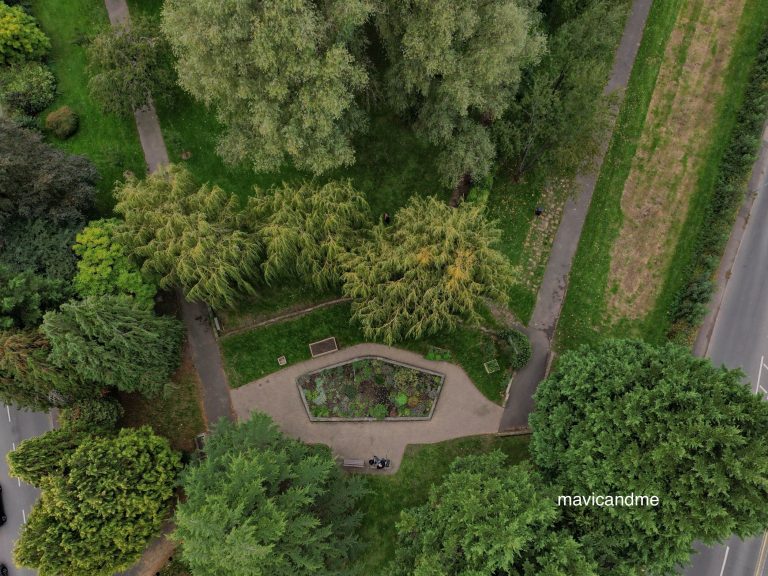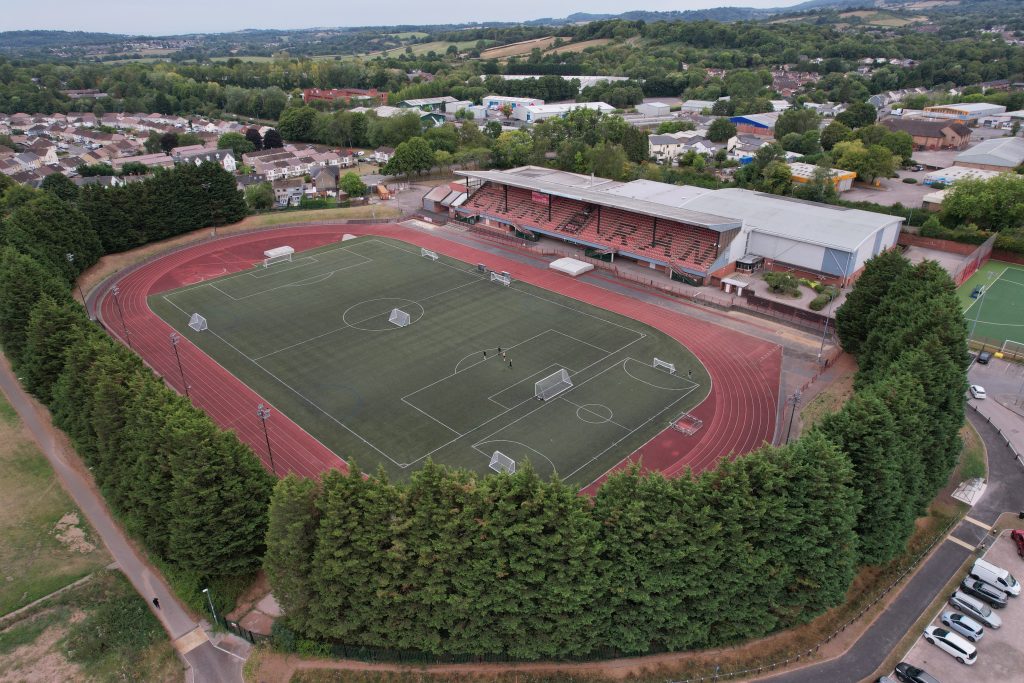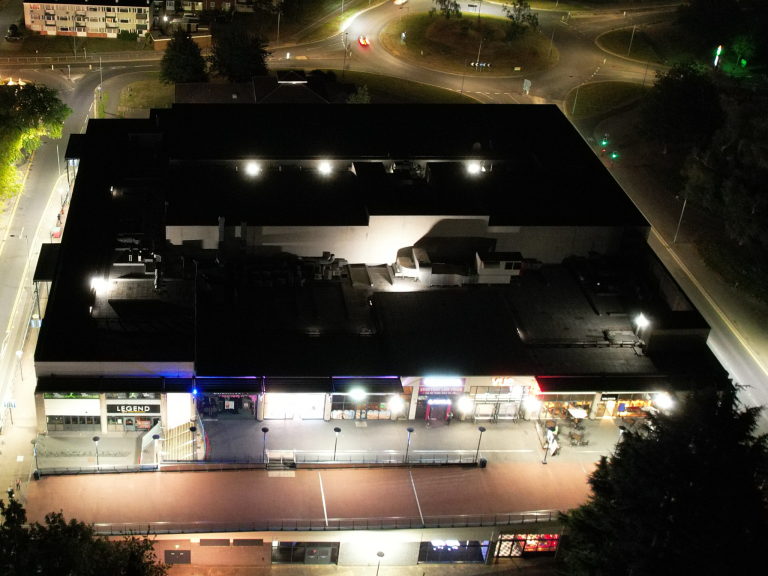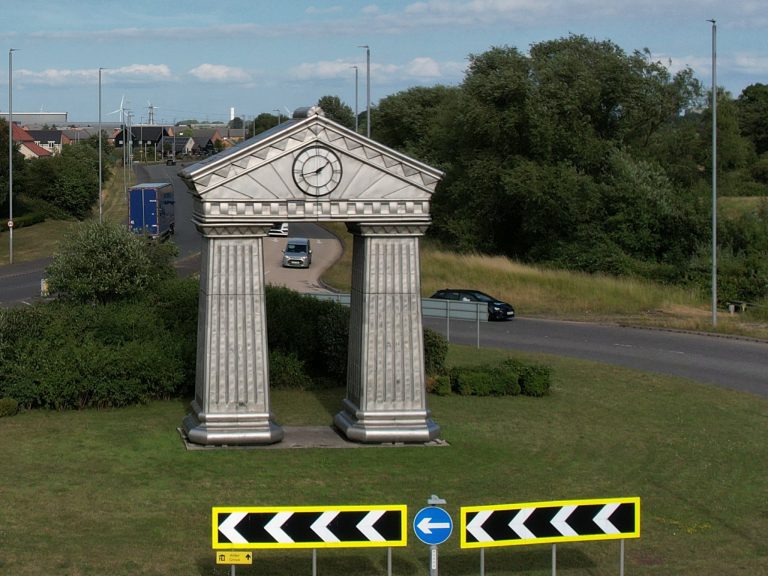Data from the drone inspection
There are several different types of data someone who hires a drone pilot for a roof inspection may want.
Each of them can serve different functions, and provide either different layers of detail or different types of potential insights into the condition of a roof.
Here are the most common information a drone pilot provides after doing a roof inspection:
- Photos. Photos are the bread and butter of any roof inspection, providing a clear, concrete picture reflecting the condition of a specific area of a roof at a moment in time.
- Video. Video is also a staple of any drone roof inspection, showing you both the location of potential defects and putting that location into context by showing you where it is relative to the roof as a whole.
- 3D models. Using LiDAR or photogrammetry, you can now easily create a 3D model of a roof as part of your roof inspection report.
- Thermal imagery. A drone equipped with a thermal camera can show you where a building is leaking heat, revealing wet roof insulation or gaps in the roofline where climate control systems are pumping energy into the air outside instead of keeping it trapped in the building.

A note on information—aerial thermography alone is so powerful, it could be its own roof inspection business line for enterprising drone pilots.
Commercial estate owners can realise substantial savings just from identifying places where their buildings are leaking heat, making it well worth it for them to inspect in periodic inspections with thermal drones.




